Rising Demand in Battery Manufacturing
The N Butyllithium Market is poised for growth due to the increasing demand for lithium-ion batteries. As the world shifts towards renewable energy sources and electric vehicles, the need for efficient battery technologies has become paramount. N Butyllithium Market serves as a crucial component in the synthesis of lithium compounds used in battery production. The N Butyllithium Market is projected to expand significantly, with estimates indicating a compound annual growth rate of over 20% in the coming years. This trend suggests that the N Butyllithium Market will benefit from the heightened focus on energy storage solutions, further solidifying its position in the chemical landscape.
Expanding Applications in Polymer Chemistry
The N Butyllithium Market is experiencing growth due to its expanding applications in polymer chemistry. This compound is utilized as a living anionic polymerization initiator, which is essential for producing various types of polymers, including elastomers and plastics. As industries seek to develop new materials with enhanced properties, the demand for N Butyllithium Market is likely to increase. The polymer market is projected to grow significantly, with estimates suggesting a valuation exceeding hundreds of billions of dollars in the next few years. This trend indicates that the N Butyllithium Market will play a crucial role in meeting the evolving needs of the polymer sector.
Regulatory Support for Chemical Innovations
The N Butyllithium Market is benefiting from regulatory frameworks that support chemical innovations. Governments and regulatory bodies are increasingly recognizing the importance of advanced chemical compounds in driving economic growth and technological progress. Initiatives aimed at fostering research and development in the chemical sector are likely to create a conducive environment for the N Butyllithium Market. Furthermore, as regulations evolve to accommodate new applications and safety standards, the market may witness an influx of investment and research activities. This supportive regulatory landscape could enhance the competitive edge of N Butyllithium Market, positioning it favorably in the chemical market.
Increasing Applications in Organic Synthesis
The N Butyllithium Market is experiencing a surge in demand due to its critical role in organic synthesis. This compound is widely utilized as a strong nucleophile in various chemical reactions, particularly in the production of pharmaceuticals and agrochemicals. The versatility of N Butyllithium Market allows for the formation of carbon-carbon bonds, which is essential in synthesizing complex organic molecules. As the pharmaceutical sector continues to expand, the need for efficient and effective reagents like N Butyllithium Market is likely to grow. Recent estimates suggest that the organic synthesis market could reach a valuation of several billion dollars by 2026, thereby driving the N Butyllithium Market forward.
Technological Advancements in Chemical Manufacturing
The N Butyllithium Market is influenced by ongoing technological advancements in chemical manufacturing processes. Innovations in production techniques and equipment have led to increased efficiency and reduced costs in the synthesis of N Butyllithium Market. These advancements not only enhance the quality of the product but also expand its applicability across various sectors, including pharmaceuticals and materials science. As manufacturers adopt more sophisticated technologies, the overall output of N Butyllithium Market is expected to rise, meeting the growing demands of the market. This trend indicates a positive outlook for the N Butyllithium Market as it adapts to evolving manufacturing paradigms.
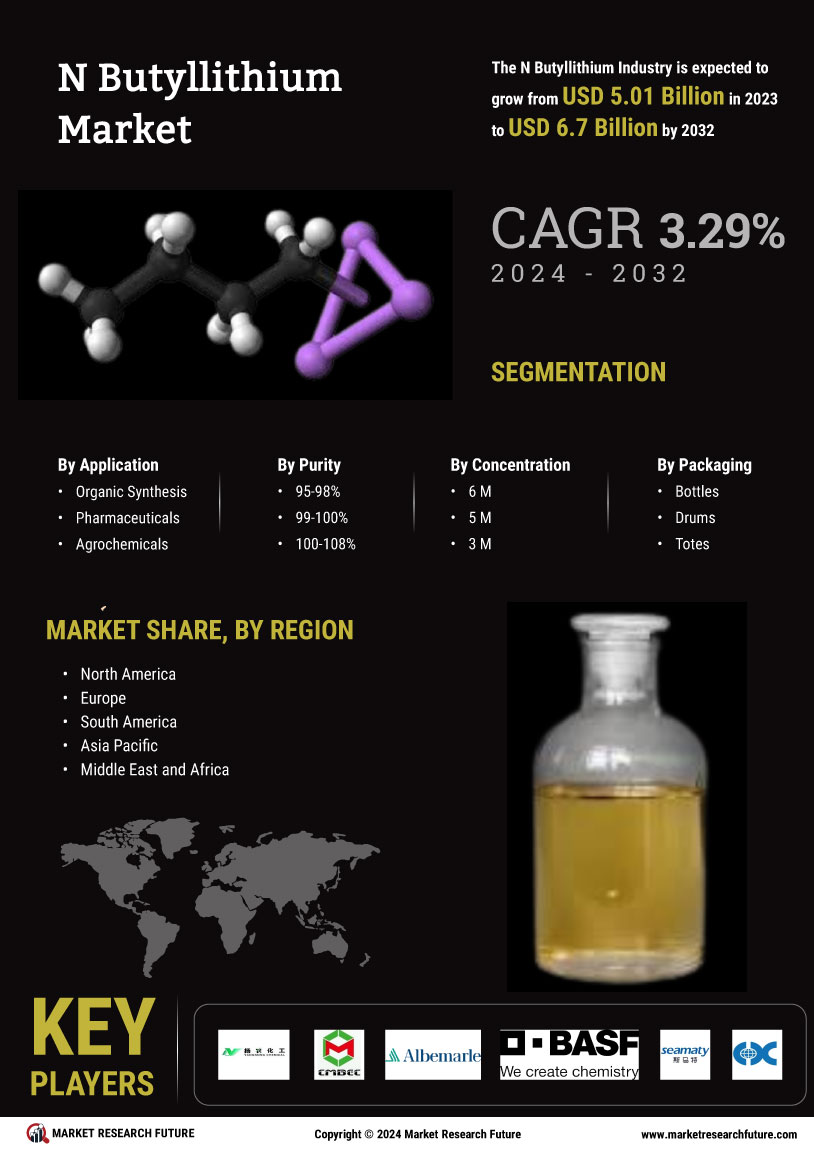

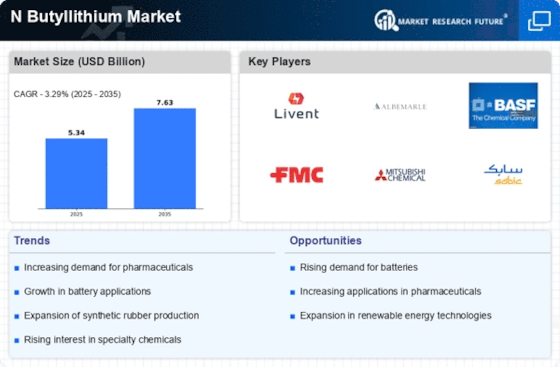
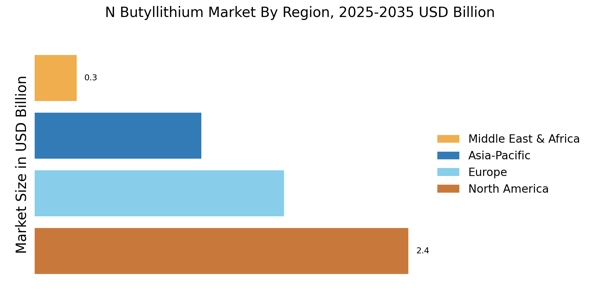
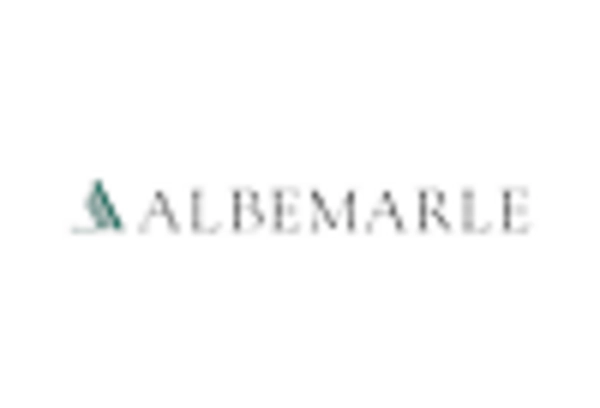

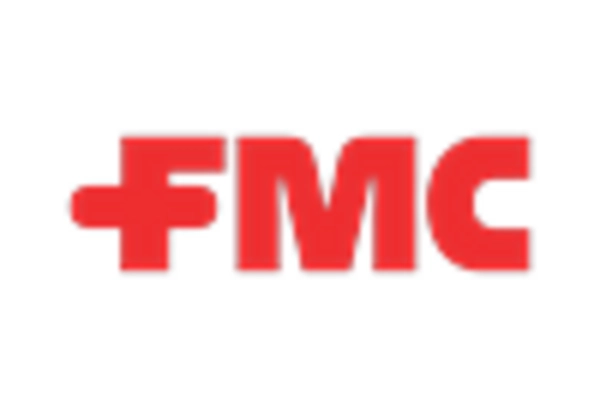
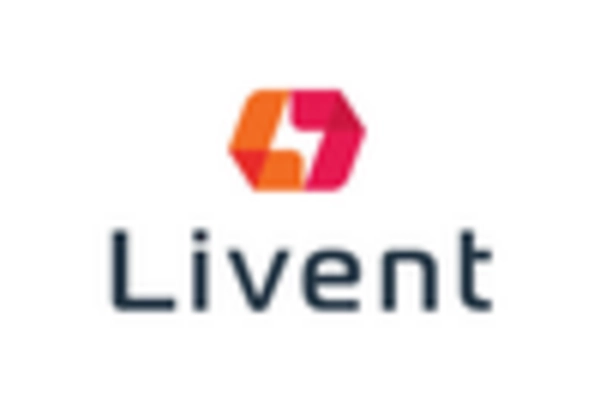










Leave a Comment